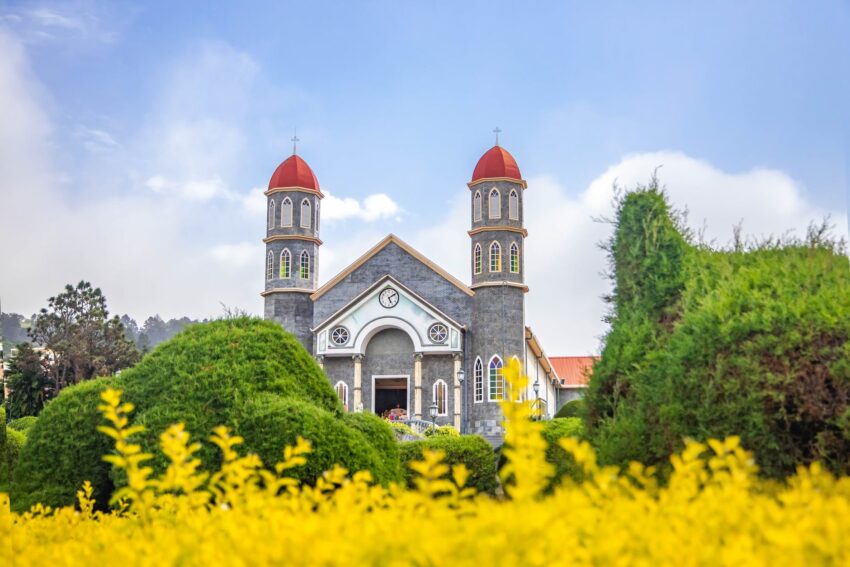Entheogenic plants and psychedelics have been intricately entwined with human civilization for thousands of years. These psychoactive plants, often referred to as sacred plant medicines, have a rich history and cultural significance in various societies worldwide. These plant-based psychedelics form an essential part of traditional plant medicine practices, serving both spiritual and therapeutic purposes.
Indigenous psychedelic rituals involving such psychoactive elements often form the centerpiece of spiritual ceremonies. They are practiced in different cultures, reflecting the deep-rooted respect for entheogenic plants and their transformative powers. For instance, the shamanic use of entheogens such as Ayahuasca, Psilocybin mushrooms and Peyote, is deeply embedded in the spiritual fabric of many cultures from the Amazon and beyond. The sacred plants of the Amazon, for example, have defined the spiritual, healing, and communal activities of the indigenous populations for centuries.
A deep dive into the ethnobotany of psychedelics further elucidates their multifaceted uses and cultural influences. From being therapeutic agents to spiritual facilitators, these sacred plant medicines have shaped—and continue to shape—our understanding of consciousness, health and spiritual well-being. The utilization of plants like Ayahuasca in entheogenic plant ceremonies is not merely about ingesting a substance; it’s a profound spiritual experience that represents harmony with nature and inner awakening.
Yet, the use of such entheogenic plant traditions should not be confused with recreational drug use. In fact, indigenous cultures often place stringent guidelines and rituals around the consumption of these substances. Such rituals are conducted with the utmost respect for the plant, the participants, and often, under the experienced guidance of a shaman. The shaman acts as a spiritual guide, overseeing the spiritual journey induced by these powerful substances.
Recent scientific research now confirms what traditional cultures have known for ages; these plant-based psychedelics hold immense potential for treating various psychological conditions. Studies have shown Psilocybin, a naturally occurring compound in certain mushroom species, to have promising results in treating depression and anxiety. Similarly, Ayahuasca, a brew concocted with several Amazonian plants, has shown potential in treating addiction, trauma and depression. This is fostering a growing interest in psychedelics from a medical and therapeutic standpoint – presenting an exciting frontier for future research.
In conclusion, entheogenic plants and psychedelics have played vital roles across various cultures and spiritual traditions. Their sacred use transcends recreational drug consumption and opens portals to new dimensions of healing, spirituality, and self-exploration. It’s essential to treat these ancient botanical wisdoms with respect, understanding their intricate connection with our spiritual and physical health. Understanding and assimilating the entheogenic plant traditions of indigenous cultures across the world can offer profound insights, paving the way for more comprehensive approaches towards mental health and spiritual well-being.
As we delve further into their potential uses and benefits, there is an increasing need to preserve these traditional practices. The potential of entheogenic plants and psychedelics is vast, stretching from spiritual growth and self-understanding to promising therapeutic applications. Yet, retaining the respect and reverence for their use, as epitomized in indigenous psychedelic rituals, is as necessary as understanding their biochemical attributes. This balance will ensure we do not lose the essence of these ancient traditions in our quest for scientific understanding.
